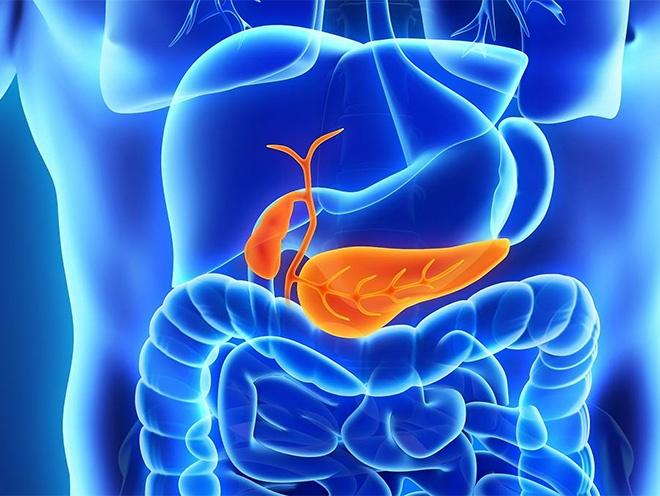 |

What is bile duct carcinoma?
Bile duct carcinoma refers to malignant tumors originating from the extrahepatic bile ducts, including the hilar region to the lower end of the common bile duct. Based on the location of the tumor, bile duct carcinoma is classified into intrahepatic bile duct carcinoma and extrahepatic bile duct carcinoma. bile duct carcinoma is a relatively rare cancer, with about 2,000-3,000 new cases of bile duct carcinoma each year, and 0.01%-0.46% of every 100,000 people develop bile duct carcinoma. However, the incidence rate of bile duct carcinoma is higher in Southeast Asia. The incidence rate of bile duct carcinoma increases with age, the incidence rate of bile duct carcinoma in men is slightly higher than that of women, and at the same time, the incidence rate of bile duct carcinoma in recent years has a tendency to increase.
So can middle and late-staged bile duct cancer be treated? Minimally invasive techniques with little side effects and trauma can help bile duct carcinoma patients avoid surgical resection as well as suffering from the pain of traditional radiotherapy, effectively prolonging the survival period.
For more knowledge about cancer, please consult our doctors online.




What are the symptoms of bile duct carcinoma?
Jaundice: For bile duct carcinoma, the bile tract will be blocked by tumor and causes jaundice; jaundice would get worse gradually without pain-free for most of the cases; besides, the degree of jaundice is definitely related with the position of obstruct.
Abdominal pain: The upper abdomen would become uncomfortable when one’s eating. Hidden pain or dull pain occurs in the back; or angina in right upper side of the abdomen. These manifestations indicate that the nerves are being invaded.
Fever: Tumor obstructs bile duct and causes inflammation inside the bile duct, or furthermore causes fever, but which is rare.
Itch of skin: Itch may appear after or before the occurrence of jaundice. Itch of skin is caused by the changes of blood content and this stimulates the peripheral nerve of skin so that cause skin itches.
Other symptoms: loss of appetite, feel sick to greasy food, weakness, weight loss, nausea and vomiting or other nonspecific symptoms of the tumor. A minority will have symptoms of portal hypertension due to tumor invades to the portal vein.
For more knowledge about cancer, please consult our doctors online.
What are the examination methods for bile duct cancer?
Laboratory check: It mainly examines liver disfunction due to obstructive jaundice, for example, if the bilirubin or alkaline phosphatase is increased.
Type B ultrasound: Type B ultrasound can display dilated bile duct or obstructive position, or even indicate the tumor out through repeated and careful examination.
MRCP examination: MRCP (which means Magnetic Resonance Cholangiopancreatograph), is one of the imaging test. It can largely display the full view of intrahepatic bile duct tree, show the position and scope of cancerous obstruction. Whether there is encroachment of liver parenchyma or liver metastasis, it is helpful for distinguishing duodenal papilla tumor and carcinoma of pancreas head.
CT scan: CT examination can accurately display cholangiectasis, the obstructed bile tract position and its scope. It also helps to define the identifications of lesion.
ERCP examination: ERCP (abbreviation of Encoscopic Retrograde Cholangio-Pancreatography) can get to know the general status of the whole bile tract, also collect the bile and the fallen-off bile duct carcinoma cells.
PTC examination: PTC, namely Percutaneous Transhepatic Cholangiography examination. As an accurate method to diagnose bile duct carcinoma, it can clearly display the distribution of intra or extra-hepatic bile duct tree, and show the obstructive position as well.
For more knowledge about cancer, please consult our doctors online.